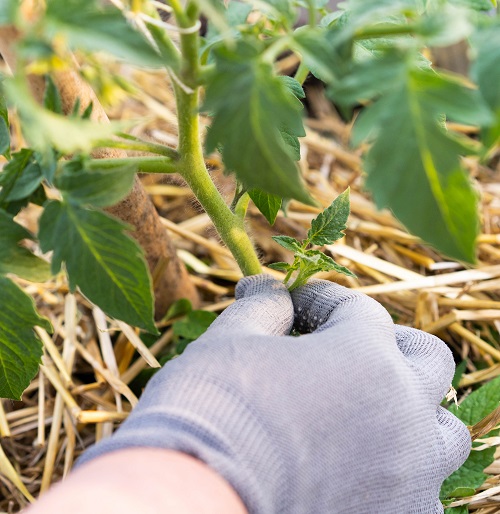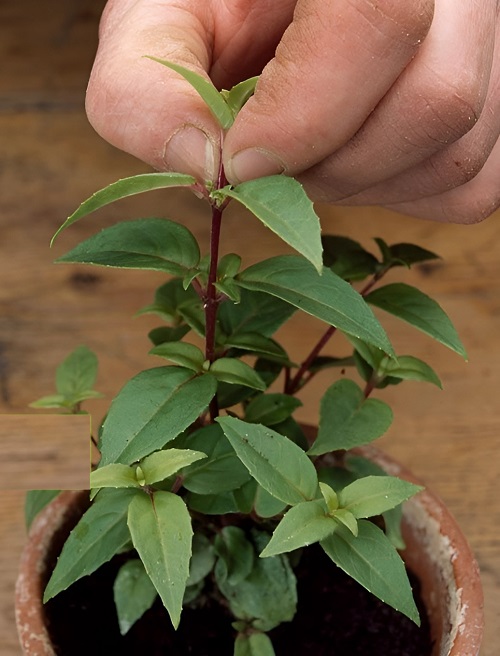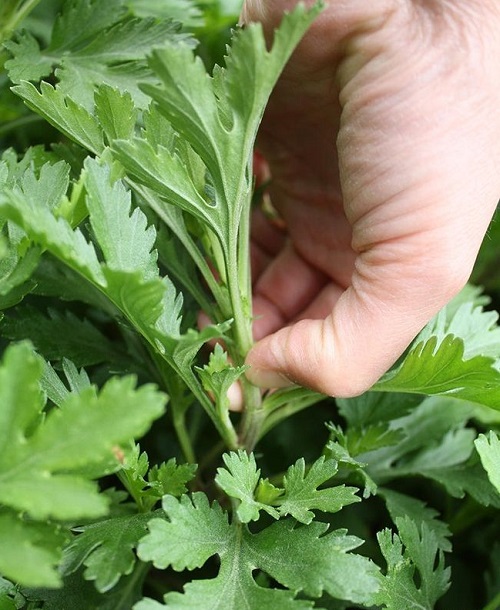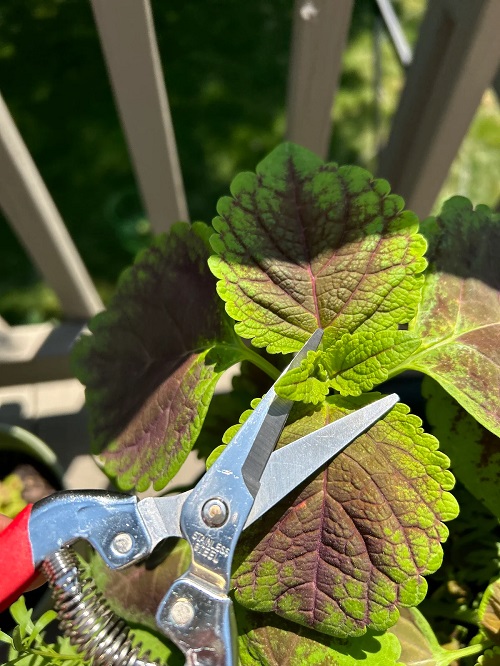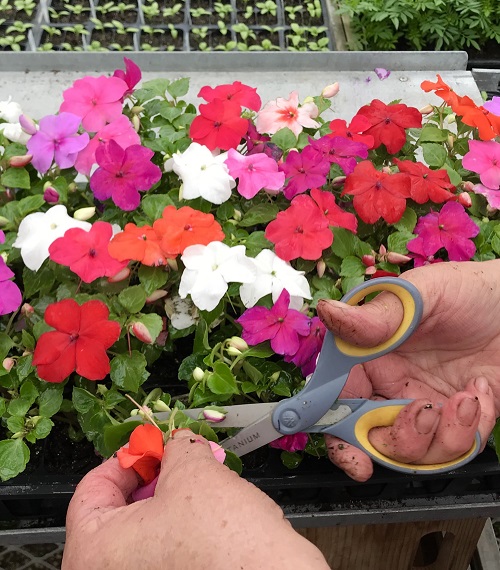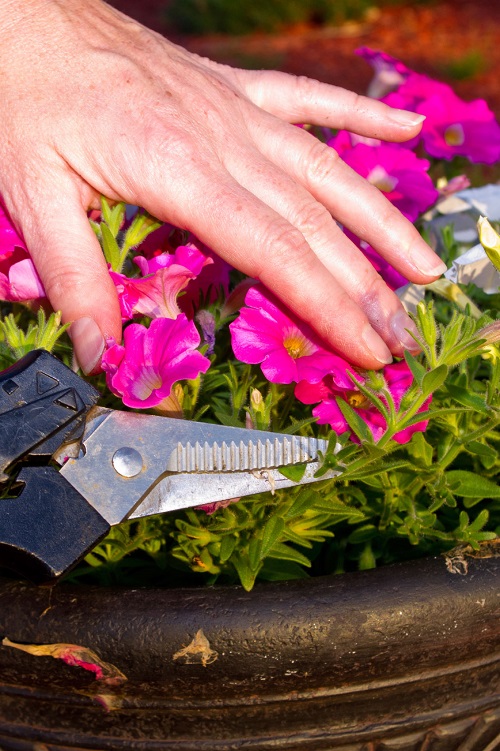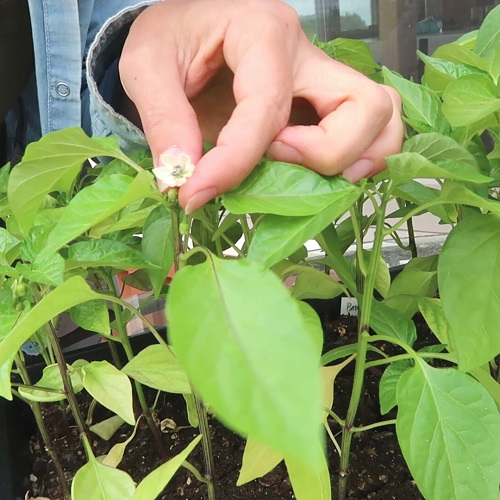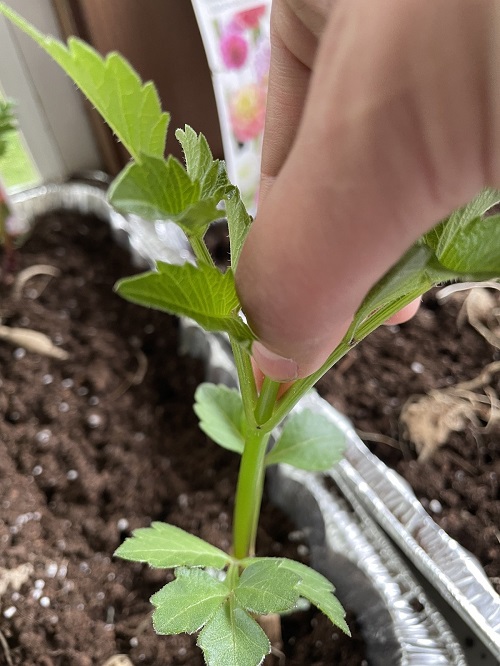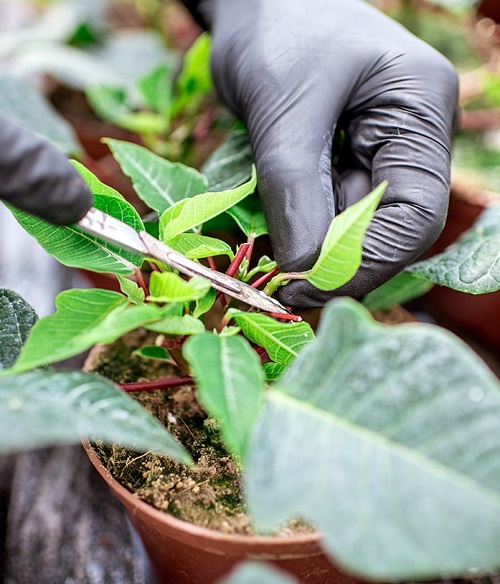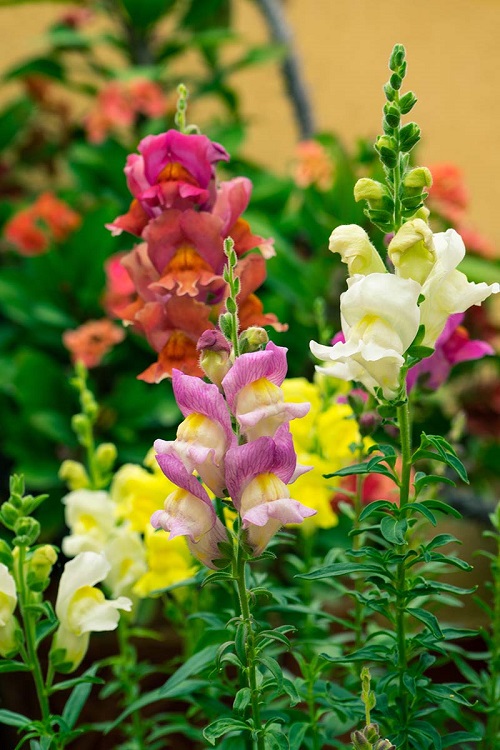Pinching is a great way to make certain plants grow bushier. It also promotes branching, making them bigger over time.
Pinching is an art of stimulating new growth in plants by pressing and removing the ends of the stems. Let’s have a deeper understanding of the ones that benefit the most from it.
Read about Caring for Houseplants according to their Age
The Science and Art of Pinching Plants
If you want your plants to grow dense from earlier stages of their growth cycle – pinching is the way to go! This practice involves removing the terminal growth of the stems using your fingers (That’s why the term – ‘pinching’).
If you’ll do it just above the node, it will be more beneficial as it will promote more lateral growth – however, just taking away the ends from the soft, new growth at the top, right above a set of leaves (10-12 cms from the main stem) will do the magic.
It is also a great way to shape and train the plant into the size you want it to achieve.
List of Plants that Grow Well After Pinching
1. Basil
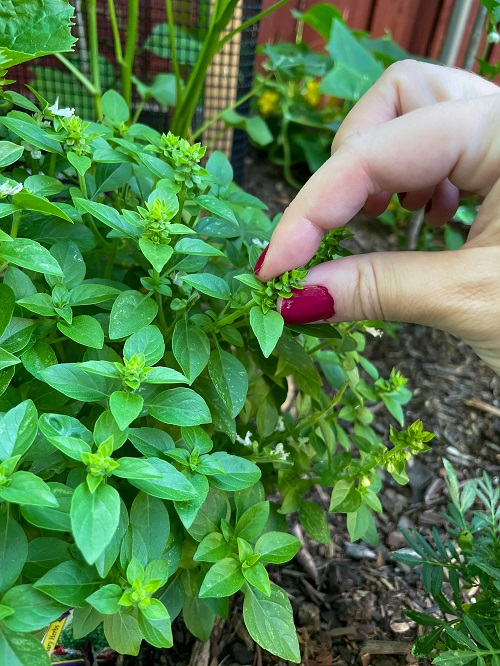
Botanical Name: Ocimum basilicum
Basil gets better and bushier with pinching. It helps to produce more leaves – meaning, you will have more for your kitchen!
2. Fuchsia
Botanical Name: Fuchsia magellanica
Fuchsia, recognized for its lovely hanging flowers, becomes bushier and fuller when you pinch it, encouraging more branching – which equals more blooms.
3. Chrysanthemums
Botanical Name: C. X Morifolium
Trimming these favorite ornamental plants encourages them to grow bushier and produce more mum flowers. It also helps to keep them in a perfect shape.
4. Coleus
Botanical Name: Solenostemon scutellarioides
Coleus, the colorful leafy plant, gets bushier when you pinch it at the early stages of its growth. Start when it develops 4-6 sets of true leaves. Also, repeat the process every 4-6 weeks till you see it becoming dense.
Fact: Pinching also suppresses the production of auxin, which can cause slow bud growth.
5. Impatiens
Botanical Name: Impatiens spp.
Pinching these plants, when they grow to a height of 4-6 inches tall, helps them grow two new stems from the node, just below the pinching point.
6. Petunias
Botanical Name: Petunia spp.
Giving petunias a prevents them from getting too tall and leggy while stimulating the growth of the side shoots. This results in a fuller, more attractive shape.
7. Marigolds
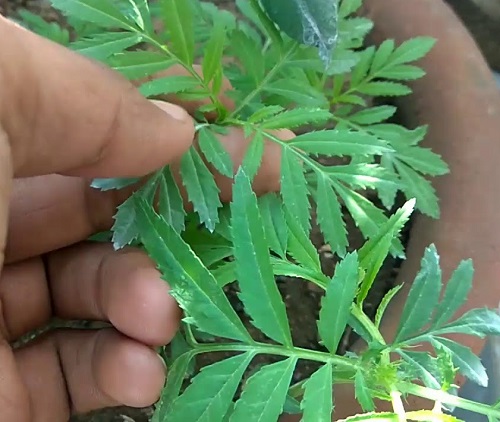
Botanical Name: Tagetes
Pinching marigolds, particularly the long side shoots, can make them bushier, and also keeps them manageable. Start snipping when the plant is about 5-6 inches tall.
8. African Violets
Botanical Name: Saintpaulia
Removing the crown of African violets through pinching encourages the growth of side shoots, making the plant fuller.
9. Geraniums
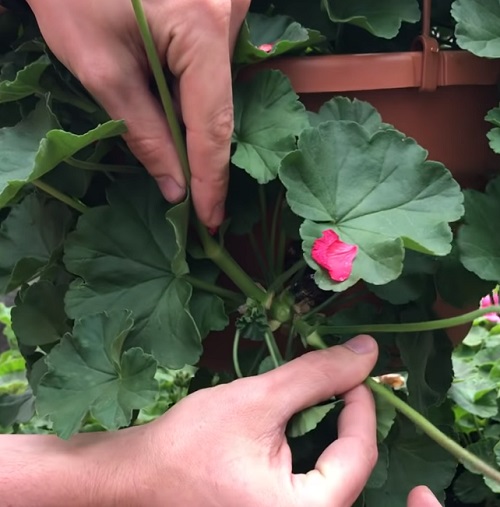
Botanical Name: Pelargonium
Pinching promotes branching, leading to a stronger, bushier Geraniums. You can also train it to take a particular shape according to the spot where you want to keep it.
10. Mint

Botanical Name: Mentha
Pinching is useful for managing the growth of mint, encouraging it to spread out more, making it bushier. If you have one in pot for the kitchen – doing this will give you more leaves!
11. Peppers
Botanical Name: Capsicum
Gently pinching the tips of pepper plants can promote more robust growth and potentially leading to more harvest.
12. Dahlias
Botanical Name: Dahlia
When you pinch dahlias, they can become fuller over time. This also results in a compact specimen that has more stems for lots of flowers.
13. Dracaena
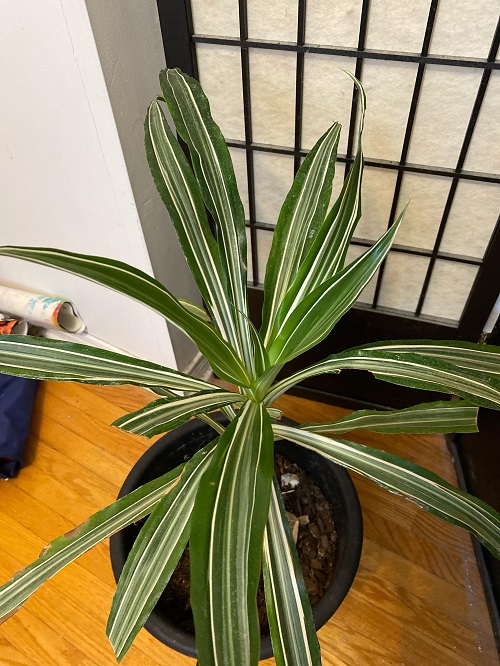
Botanical Name: Dracaena fragrans
Known for their striking appearance, pinching can help dracaenas in branching and maintaining a desirable shape.
14. Poinsettias
Botanical Name: Euphorbia pulcherrima
These festive plants love pinching, as it can assist in branching and maintaining a desired shape. Doing it a little before the holiday season will ensure they’ll be all red!
15. Sweet Peas
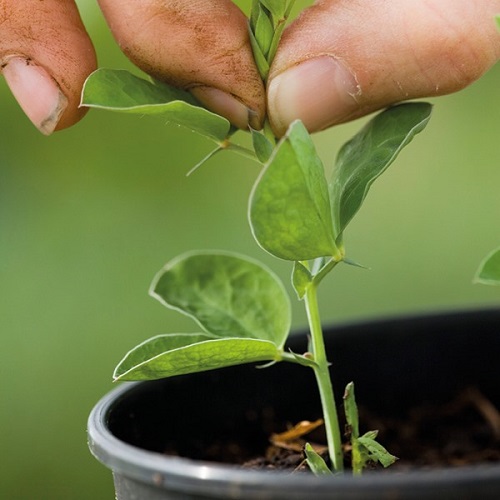
Botanical Name: Lathyrus odoratus
By pinching, these sweet-smelling climbers become fuller with a spreading habit. This means – you can enjoy their pink flowers even more!
16. Tomatoes
Botanical Name: Solanum lycopersicum
If you are growing indeterminate varieties, it’ll be a good idea to remove/pinch the suckers (the shoots that grow in the axils of the leaves). This will save the plant from wasting its energy on them, resulting in better fruits and growth.
17. Zinnias
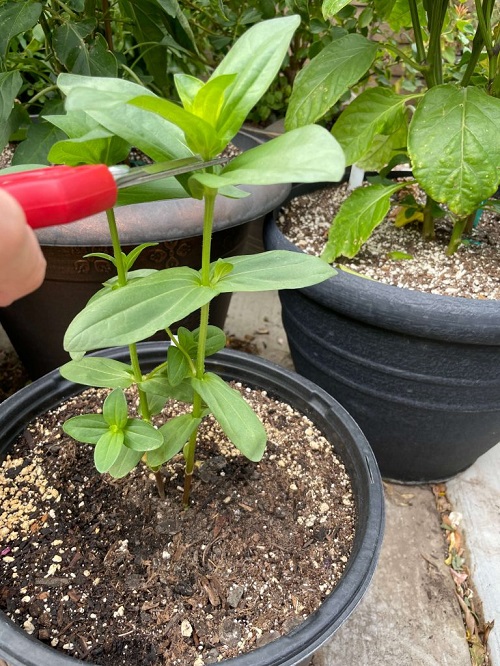
Botanical Name: Zinnia spp.
The best time to pinch these flowers is when they grow to a height of 5-7 inches. Take away the top set of the leaves at this stage to promote branching.
18. Snapdragons
Botanical Name: Antirrhinum majus
Pinching is a great way to promote flower spikes in these plants and to make them bushier. The best time to do it when they reach to a height of 6-8 inches.


